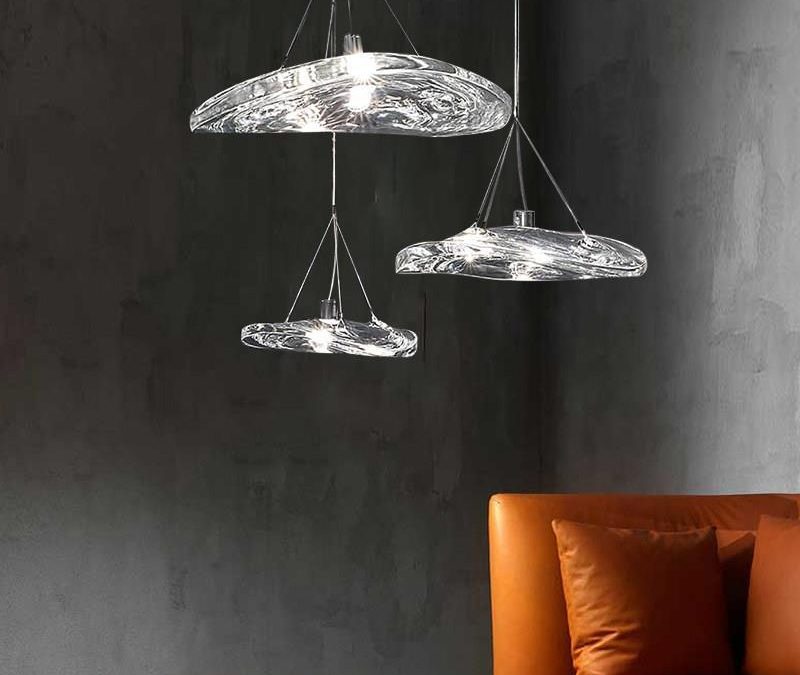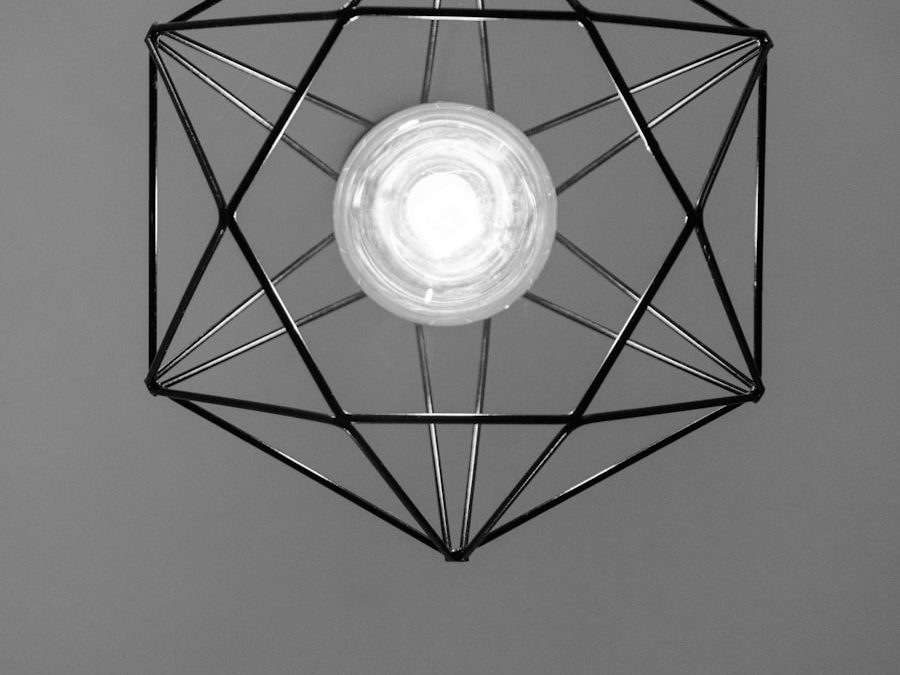
The Glow of Pakistani Lamps: Captivating Traditional Artistry
Pakistani lamps are known for their exceptional beauty and intricate designs, which have been passed down for generations. The art of lamp making in Pakistan is deeply rooted in the country’s cultural heritage and traditions, making it a unique and fascinating form of art. In this article, we will explore the history, craftsmanship, and symbolism behind Pakistani lamps, and showcase some of the most stunning examples of this traditional art form. Yeebu
History of Pakistani Lamps
Lamps have been an essential part of Pakistani culture since ancient times, providing light and warmth to people’s homes during the long, dark nights. The earliest lamps were made from clay, and some of the oldest examples date back to the Indus Valley civilization, which flourished around 2500 BCE. Over time, the art of lamp making developed and evolved, with new materials, styles, and designs.
During the Mughal period, from the 16th to 18th centuries, lamp making in Pakistan reached new heights of beauty and sophistication. The Mughals were known for their love of art and beauty, and they commissioned many exquisite lamps to decorate their palaces and tombs. These lamps were made from precious metals such as gold and silver, and adorned with gemstones, enamel work, and intricate filigree patterns.
Today, Pakistani lamps are still made using traditional techniques and materials, preserving the rich cultural heritage of this ancient art form.
Craftsmanship of Pakistani Lamps
The making of Pakistani lamps requires a high level of skill and expertise. The process involves several stages, including shaping the lamp, carving the design, and decorating it with intricate patterns and colors.
One of the most important materials used in lamp making is brass, which is a combination of copper and zinc. Brass is preferred by Pakistani lamp makers because of its durability, strength, and versatility. The brass is first shaped into a dome or a circular form before the intricate designs are carved into it.
The designs are typically floral or geometric patterns, with some lamps featuring calligraphy or scenes from everyday life. After the carving is complete, the lamps are polished to remove any rough edges and to give them a smooth, lustrous finish.
The final step in the process is the decorating phase, where the lamps are painted with enamel colors and adorned with gemstones or mirrors. The colors used are often bright and bold, and the gemstones are carefully selected to enhance the beauty of the design.
Symbolism of Pakistani Lamps
Pakistani lamps are not only beautiful objects but also hold significant symbolic meaning. They are often used in religious ceremonies and festivals such as Eid and weddings. The lamps represent light, hope, and positivity and are believed to ward off evil spirits and negative energies.
The lamps are also associated with hospitality and warmth. In Pakistani culture, a guest is treated with special respect and honor, and one way of showing hospitality is by lighting a lamp to welcome them into the home. It is also believed that lighting a lamp can bring prosperity and good luck.
Examples of Pakistani Lamps
Pakistani lamps come in various shapes and sizes, from small tea lights to large hanging lamps. Each lamp is unique and has its own beauty and charm. Some of the most popular types of Pakistani lamps are:
– Sufi lamps: These lamps have a dome-shaped structure with intricate designs carved into them. They are usually painted in bright colors and are often used in Sufi shrines or mosques.
– Hanging lamps: These lamps are suspended from the ceiling and come in various shapes and sizes. They are often decorated with beads, mirrors, or gemstones, and can create a magical atmosphere when lit.
– Table lamps: These lamps are smaller in size and are placed on tables or desks. They often have intricate filigree designs and are made from brass, copper, or silver.
Conclusion
In conclusion, Pakistani lamps are a testament to the country’s rich cultural heritage and traditions. They are not only beautiful objects but also hold symbolic meaning and importance. The art of lamp making in Pakistan is a skill that has been passed down for generations and continues to evolve and fascinate people around the world.



